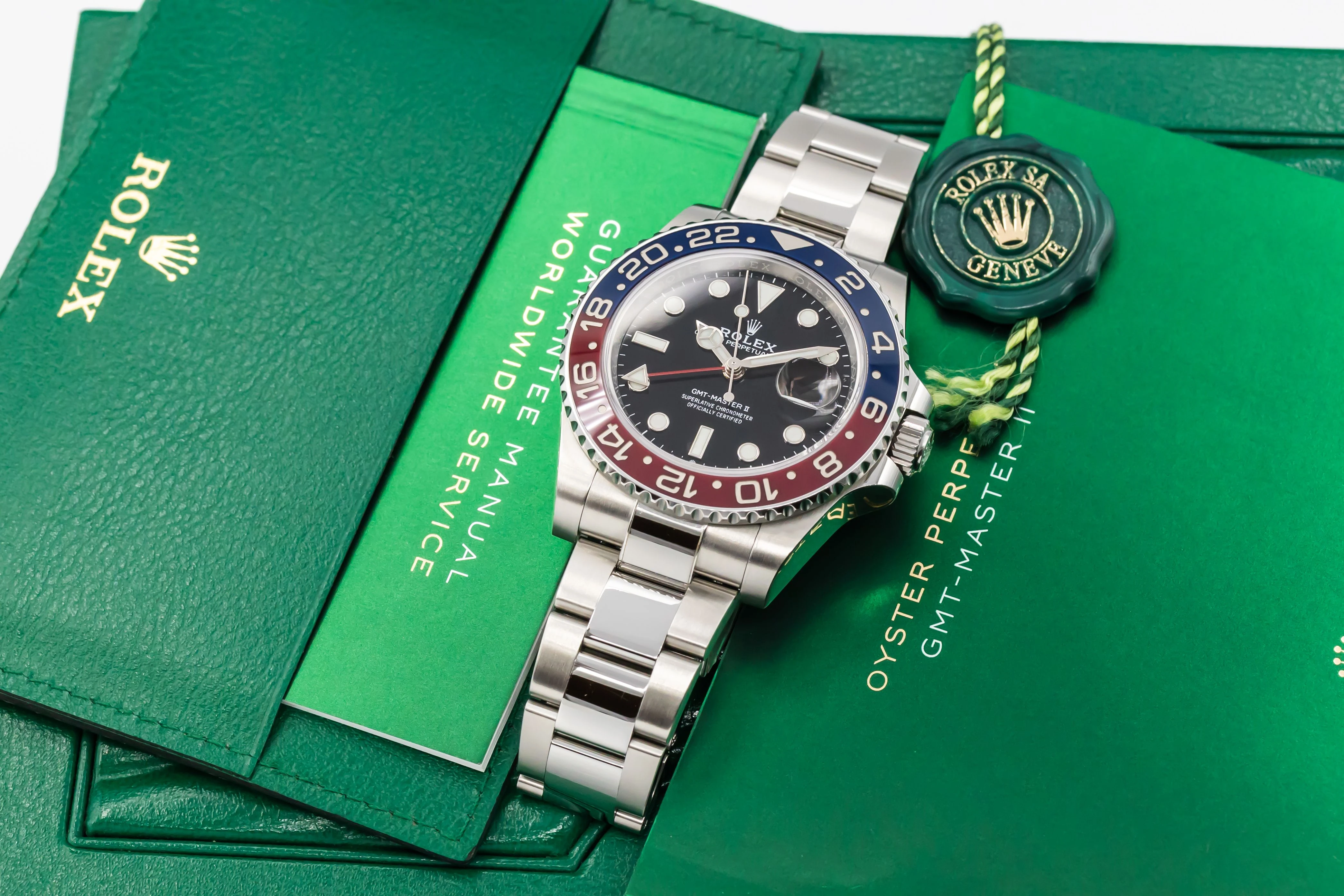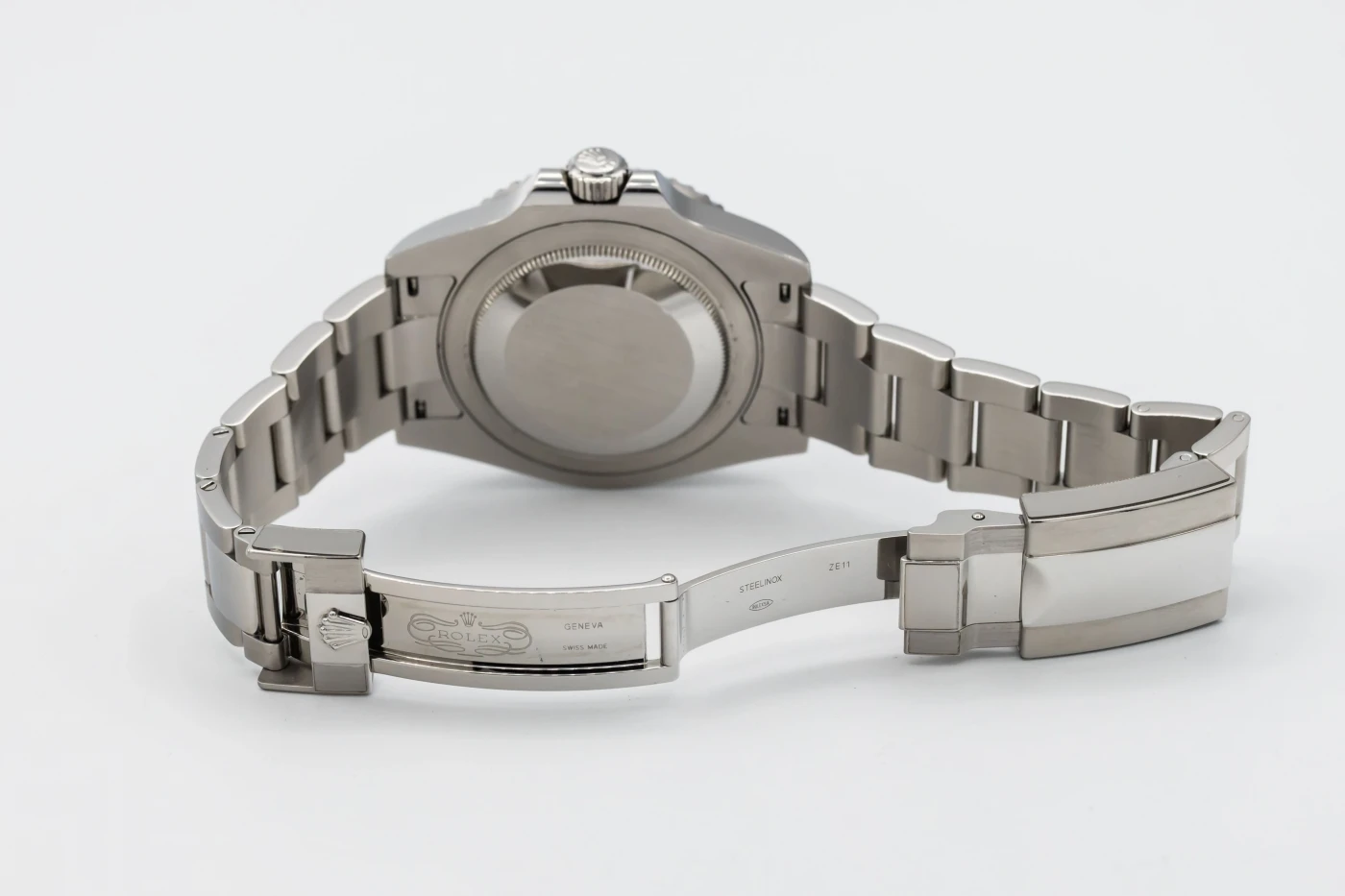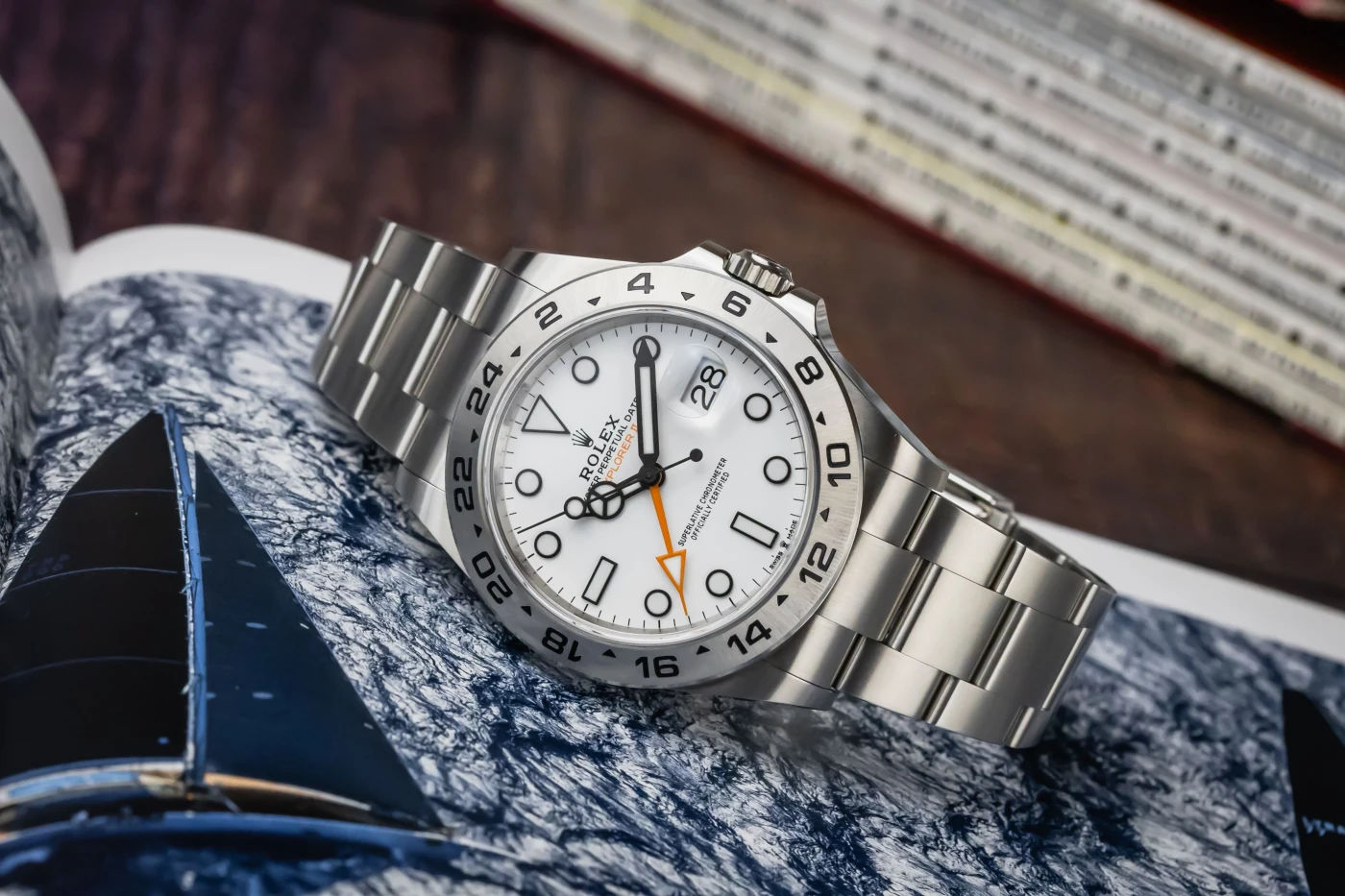




Watches of Switzerland shares climbed after reaffirming their fiscal 2026 outlook. This happened while 39% tariffs hit Swiss imports and luxury demand softened.
The numbers tell a curious story.
The company maintains its 6-10% revenue growth forecast despite acknowledging margin pressure. Their adjusted EBIT margin might drop up to 100 basis points from the projected 9.1% for fiscal 2025.
Yet investors bought the story. Performance in both the UK and US markets aligns with guidance, suggesting something deeper than typical retail resilience.
The structural advantages run deeper than most realize.

Rolex dominates with nearly one-third of the global luxury watch retail market. Omega follows at 7.7%, then Cartier at 7%.
This concentration creates virtually unbreachable distribution partnerships. Watches of Switzerland has been selling Rolex for 105 years. These relationships don't dissolve during economic turbulence.
The tariff pressure reveals the market's true dynamics.
The 39% Swiss tariff took effect August 7, 2025. Industry analysts predict 12-14% retail price increases if brands pass costs to consumers.
But here's what makes luxury different: artificial scarcity absorbs price shocks.
Brands like Rolex, Patek Philippe, and Audemars Piguet operate supply-constrained models. Demand multiples available supply by design. When prices rise, the waiting lists might shrink slightly, but they don't disappear.
The US market importance amplifies these dynamics.
From January to June 2025, the US overtook Japan and China as the top destination for Swiss watches. Exports reached $3.17 billion in six months.
This makes the trade relationship critical. Swiss watch exports to the US rose 5% to $5.2 billion in 2024. The tariff environment tests whether luxury consumers will absorb higher prices or defer purchases.
Early evidence suggests absorption over deferral.
We're witnessing a business model that operates outside normal economic rules. Luxury demand doesn't follow traditional price elasticity curves when scarcity is manufactured and status value drives purchases.
The question isn't whether Watches of Switzerland can maintain growth targets. The company's performance suggests luxury retail partnerships with dominant brands create defensive moats during economic uncertainty.

The broader test comes next.
Historical data shows luxury goods lost 9% of market value during the 2008 recession. Even artificial scarcity has limits when wealth effects contract significantly.
But current conditions differ from 2008. We're seeing trade tensions rather than financial system collapse. Affluent consumers who buy luxury watches haven't experienced the wealth destruction that changes purchasing behavior fundamentally.
Watches of Switzerland's confident outlook reflects this reality. Their business model depends on relationships with brands that control supply and customers who view price increases as validation rather than deterrent.
The luxury watch market reveals something uncomfortable about economic resilience. When scarcity is artificial and status drives demand, normal market forces bend in unusual ways.
Whether this resilience persists through deeper economic stress remains the real test.
Visit us in store for great service and to see our amazing collection.
114 Ballards Lane, Finchley Central, London 02088383655
